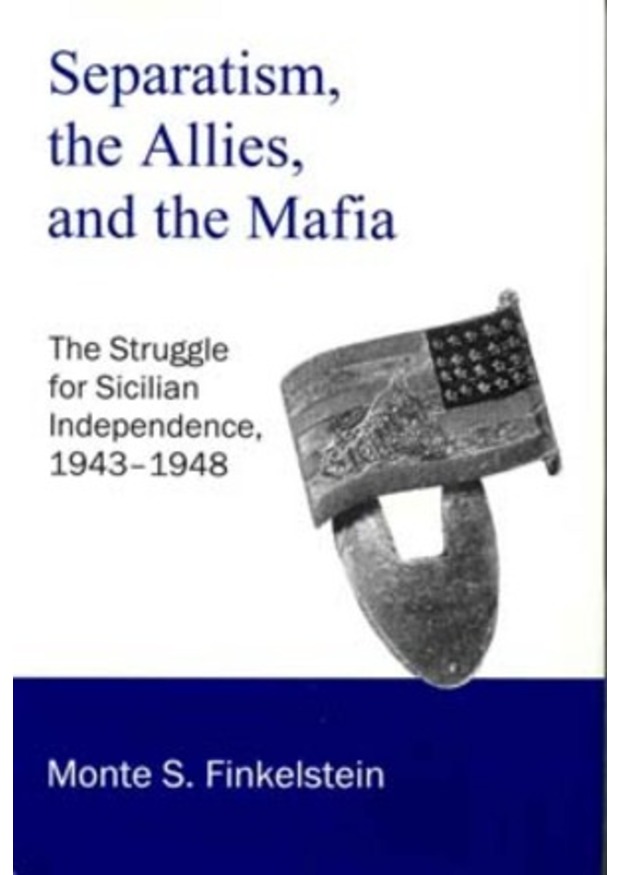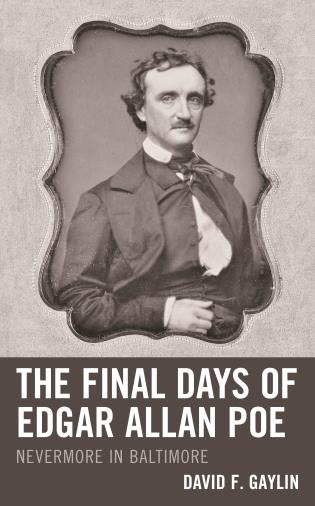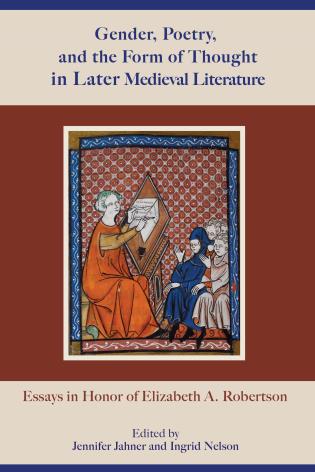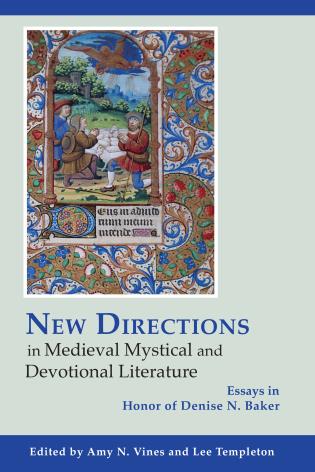The Struggle for Sicilian Independence, 1943-1948
This study examines the separatist movement's origins, its leaders and followers, the actions in which separatists engaged to establish a free Sicily, the factors that caused the movement's demise, and its legacy. This book also examines the relationship of the separatist movement to the United States, Great Britain, and the Sicilian mafia.
Appearing as a clandestine organization during World War II, the Sicilian separatist movement sought to make Sicily an independent nation. From 1943 to 1947, it was one of the most crucial issues facing the Italian government. Frustrated after centuries of exploitation, Sicilians welcomed the allied invasion of July 1943 and seized the moment of liberation from Fascism to free themselves from Italian hegemony. Large numbers of Sicilians of all classes and ideologies and social positions rallied together behind the separatist cause. The movement's leadership derived from the landowners, the middle class, intellectuals, and the mafia.
In the aftermath of the Allied invasion, separatists gained support by exploiting the crisis conditions on the island and by playing on the deep-rooted Sicilian resistance against centralized authority. With the tolerance of the Allied powers, and the help of mafia chieftains, some of whom proposed that Sicily become the forty-ninth state of the United States, the separatists quickly became the dominant political force on the island. From 1943 to 1944, when the Italian government was most vulnerable, separatists followed moderate, legal policies and hoped for foreign support. By doing so, they lost their best opportunity for success.
The consolidation of the Italian government, the Allied refusal to support their demands for independence, and increasing pressure by anti-separatist forces compelled separatists to adopt more radical tactics, including the formation of an armed force. The crippling blow to the separatist cause came in late 1944 and early 1945, when mafia chieftains, who feared separatist leader Andrea Finocchiaro Aprile's flirtation with communism, and British influence on the movement, opened talks with the government. These discussions opened the door for decisive action against the separatists.
In late 1945, following unsuccessful appeals to the San Francisco and London conferences and the failure to launch a separatist revolution, the Italian government mounted an all-out attack against the movement. In October, Finocchiaro Aprile and other separatists were arrested, and within months, the separatist army succumbed to relentless government pressure. In May 1946, the Italian state granted Sicily regional autonomy, thereby undercutting any remaining separatist threat. Only after several electoral defeats and a divisive internal struggle, however, did the Separatist movement disappear as a viable political force.













